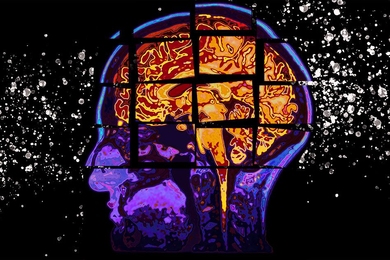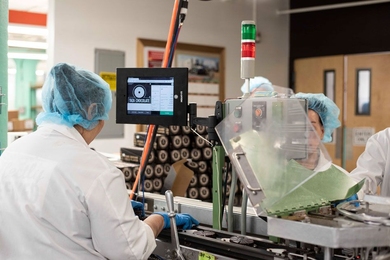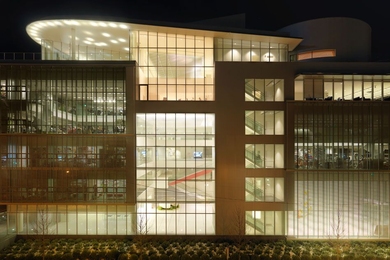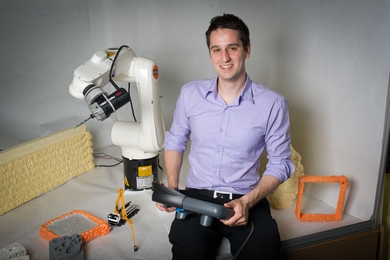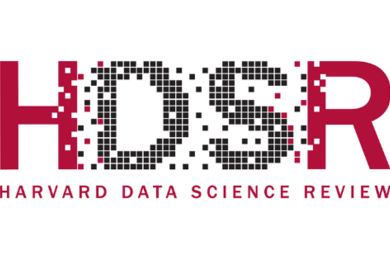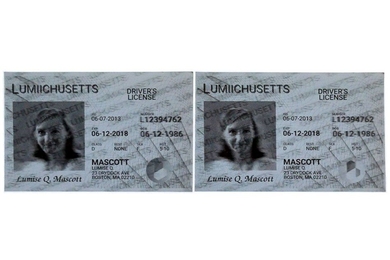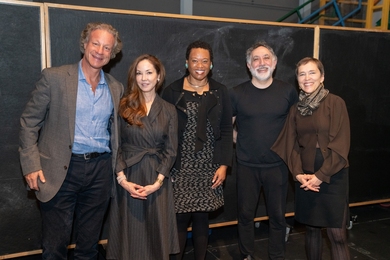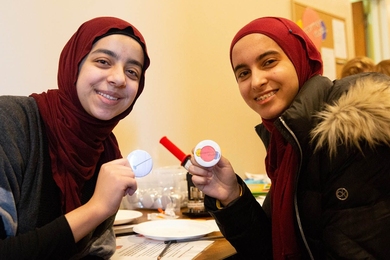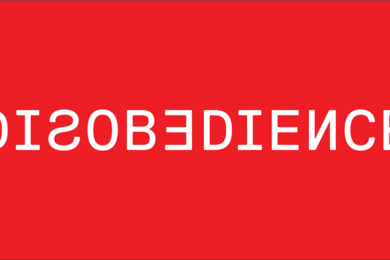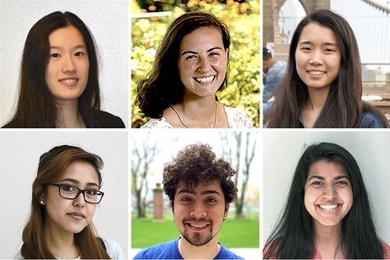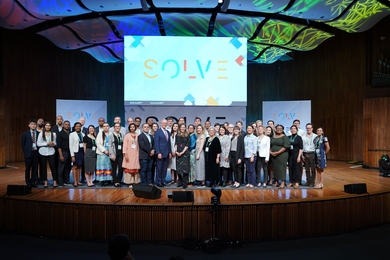Model predicts cognitive decline due to Alzheimer’s, up to two years out
Researchers hope the system can zero in on the right patients to enroll in clinical trials, to speed discovery of drug treatments.
Software to empower workers on the factory floor
Apps developed by MIT spinout Tulip help manufacturers augment employee production rather than automating it away.
E14 Fund helps Media Lab community deploy startups
“First and foremost we’re a community-builder,” says Habib Haddad, a managing partner of the venture fund.
Celebrating a curious mind: Steven Keating 1988-2019
Steven Keating SM'12, PhD '16 inspired millions with his research-driven approach to battling cancer and his advocacy for open patient health data.
MIT Press and Harvard Data Science Initiative launch the Harvard Data Science Review
Open access journal to promote the latest research, educational resources, and commentary from leading minds in data science.
MIT Media Lab Director's Fellows announced for 2019
NBA star, Polynesian voyager, mayor of Stockton, California, are among the new cohort working to build bridges between MIT and the world.
Study: Social robots can benefit hospitalized children
Interacting with a robotic teddy bear invented at MIT boosted young patients’ positive emotions, engagement, and activity level.
Creating 3-D images, with regular ink
MIT startup Lumii helps manufacturers replicate the visual effects of holograms on their printed materials.
Transmedia Storytelling Initiative launches with $1.1 million gift
Program creates a new hub for pedagogy and research in time-based media.
For the women of McCormick, a new space in which to create
MIT residence hall opens a craft studio to promote creativity and belonging.
J-WAFS announces seven new seed grants
Nine principal investigators from MIT will receive grants totaling over $1 million for solutions-oriented research into global food and water challenges.
Call for nominations: MIT Media Lab’s Disobedience Award
The Disobedience Award recognizes individuals and groups who engage in ethical, nonviolent acts of disobedience in service of society.
Developing artificial intelligence tools for all
MIT Quest for Intelligence-sponsored undergraduate research projects demystify AI.
MIT Solve convenes leaders to scale global social impact
Solve at MIT 2019 connects cross-sector leaders to accelerate tech startups addressing some of the world’s most pressing problems.

